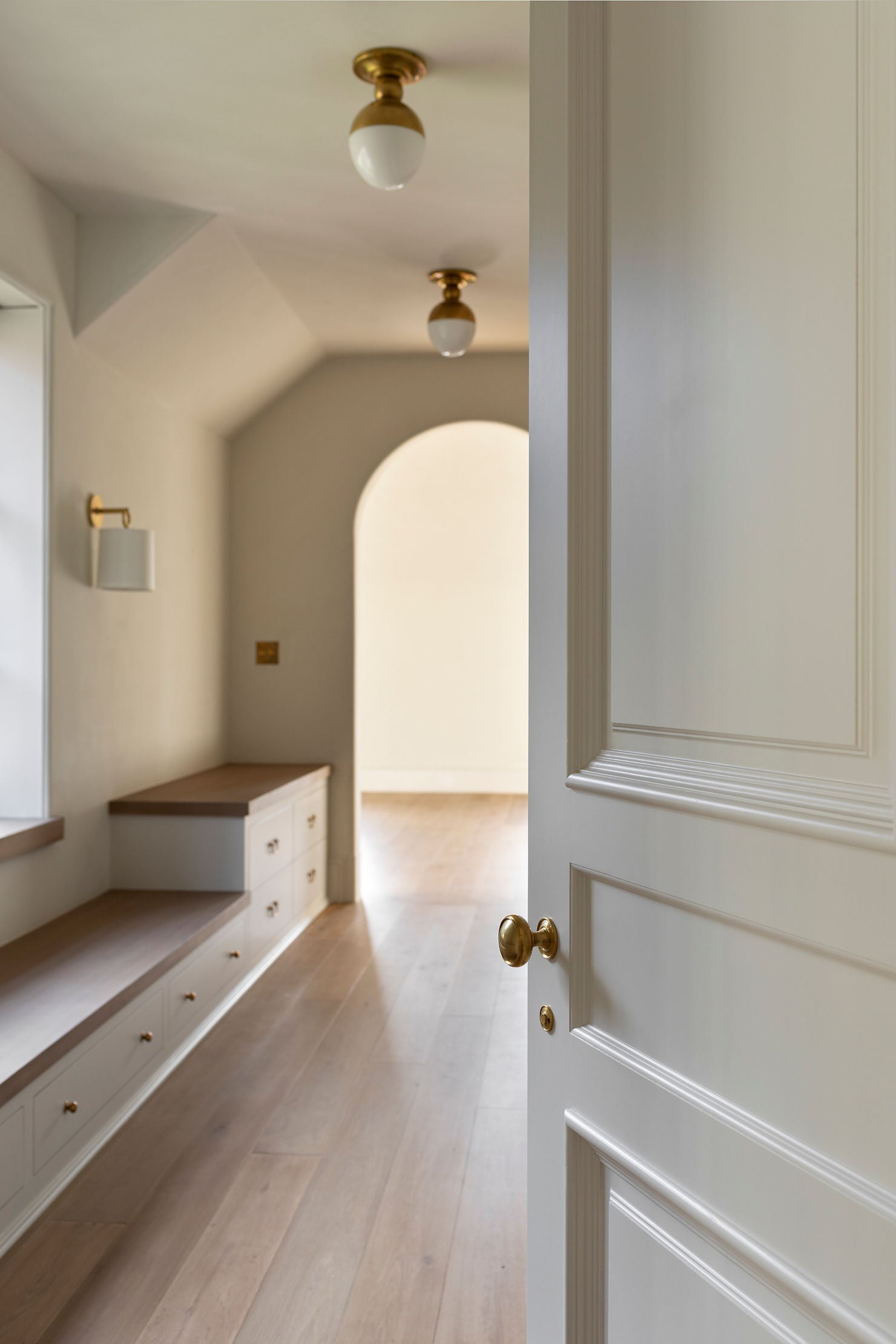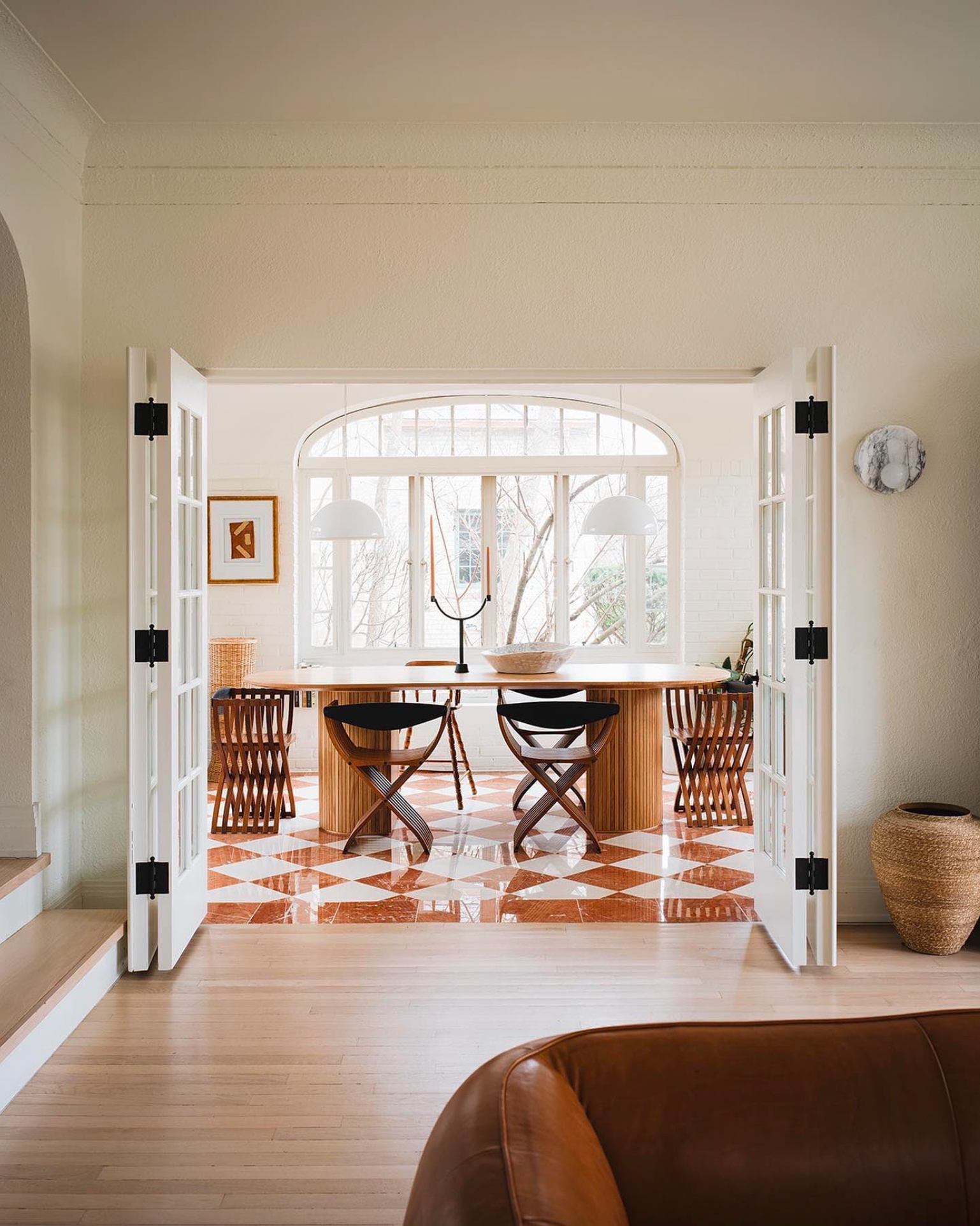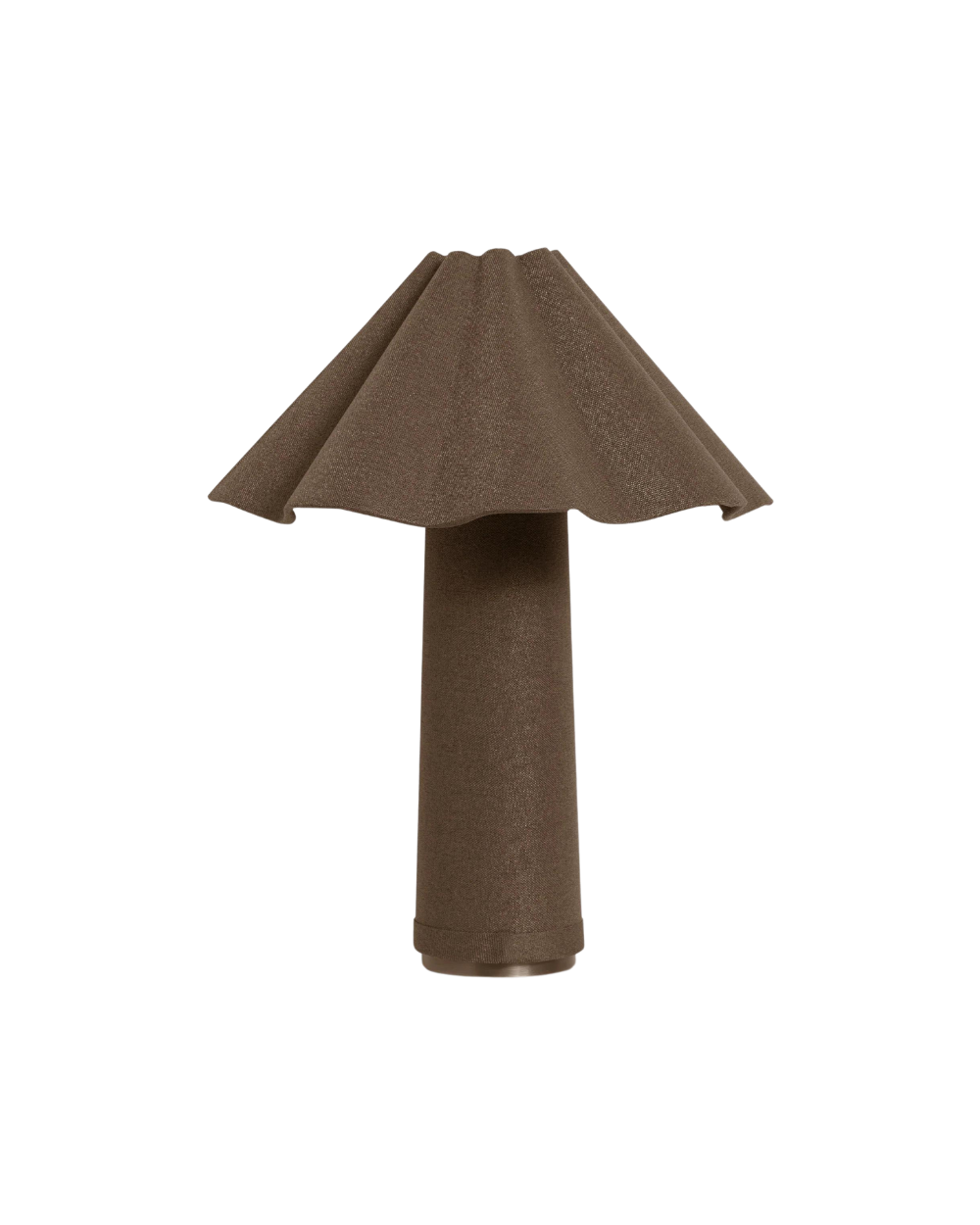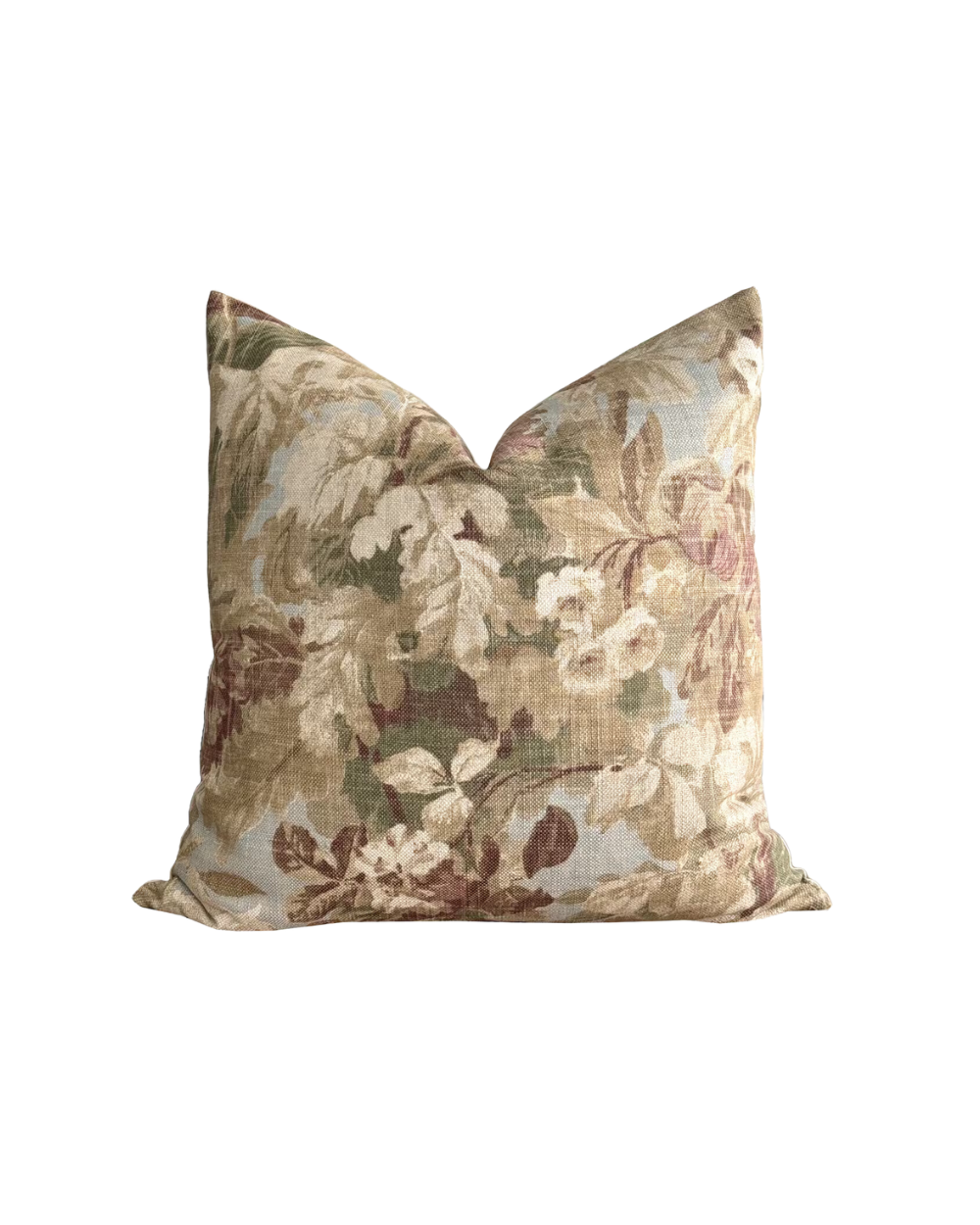Choosing Interior Doors for Your Home
Design
While we may not spend much time pondering our interior doors, they can significantly impact the look and feel of a home. Consider that standard interior doors are usually 80 inches tall by 24-36 inches wide—that's a lot of visual oomph!
If you're working with a designer on your new home or remodeling or renovating, you'll want to consider the importance of interior doors! Here's how to choose interior doors that will look great for years to come.

Photography: Caroline Sharpnack
Single or Multiple Interior Doors?
If you're changing a floor plan or renovating a specific area of your home, you may only be considering a single interior door (or doors leading to the same room). On the other hand, if you're choosing doors for your whole home, there are other aspects to consider as well.
Doors provide privacy. They help you control the temperature and airflow in a room. They also offer sound control. These are all important factors to consider, especially if you're thinking of skipping doors in certain rooms altogether.
Some rooms quite obviously require a door—your bedroom, your bathroom, closets. Interior doors may be optional for other rooms, like a living room or a home office. A few years ago, when many people shifted to working from home full
or part-time, people started to realize the benefits of having an interior door in most spaces of their homes, especially when noise-canceling headphones don't quite do the trick.

Design: Jean Stoffer Design | Photography: Stoffer Photography
The biggest concern that comes up with choosing interior doors is one of space. Most traditional-type doors need room to open wide and close easily. That means that most doors need at least a 36-inch clearance surrounding them. It's not a problem if you're working with a large space, but door openings may present a challenge in smaller spaces.
Fortunately, there are other options for doors that save space, look great, and can be fun and complementary to any room.
How to Choose an Interior Door: Important Considerations
So, what do you need to consider if you're looking at interior doors? Here are some points that can help you choose the perfect door.
Explore Door Types
When considering doors, the first thing to do is to familiarize yourself with the different types. There are many types of interior doors—panel doors, flush doors, French doors, bi-fold, Dutch, and more. Each type of door has its own aesthetics and functional characteristics.
Photography: Caroline Sharpnack
Design: Marie Flanigan Interiors | Photography: Julie Soefer
Swing Doors: These are the most common type of interior door, mounted on hinges, that open inward or outward into the room.
Pocket Door: Pocket doors are sliding doors with a hidden track that allows you to roll them into a wall cavity. These may be double doors or single doors.
Barn Door: A barn door is similar to a pocket door, but the track is exposed. Barn doors slide open against the wall and can be single or double doors. They often have a more rustic feel.
French Doors: French doors are two swinging doors paired together. Some French doors feature glass panels, while others are solid.
Folding Door: Folding or bi-fold doors feature hinges in the center. These are often found on closets and in small spaces where a swinging door would be too large.
Dutch Doors: A Dutch door features a horizontal center division so that you can open just the top or bottom half. These are often found in kitchens and mudrooms and can be helpful for homes with pets and kids.
Flush Door: A flush door is flat without raised designs or panels.
Panel Door: A panel door includes several panels in a traditional style. These include shaker-style doors and doors with a multi-panel design.
Consider Your Style
What is the overall style and feel of your home? Is your home classic? European? Modern? Rustic? These factors will play a massive role in the new interior doors you choose.
For example, if you have a traditional, elegant home, barn doors may be too rustic for the space. A shaker-style door with multiple panels may not complement an understated modern home. Rounded or arched doorways will require special doors, too.
How do the Doors Relate?
Any item you choose for your home should relate architecturally, including doors. If you want your space to feel calm, deliberate, and cohesive, you need style and architectural consistency. It’s not to say you can’t have fun in special one-off spaces, but you’ll still want some unifying factors amongst your new doors.
Selecting Door Finishes
The real fun of choosing an interior door comes from selecting the finish and final look of your door. You may want something natural, showcasing the door material, or you may want to paint the door a solid color. If you select a custom panel door, the options are nearly endless when selecting the panel profile (the design of the “trim” on the face of the door).
Whether you prefer painted, stained, or natural, the finish should complement your home's color scheme and design. Consider how it relates to the other items in your house—built-in pieces and furniture. You may also need to consider split finishing your doors (painting on one side, staining on the other) if it is necessary from a design standpoint.
Other Considerations When Choosing Interior Doors
After considering style, material, and traffic flow, you probably have a good "handle" on what type of door you're looking for. Work with your designer to ensure your preferred door material will meet your sound insulation needs and account for factors like airflow (to keep bathroom and kitchen smells from taking over the whole house).
Deciding on the Perfect Door Hardware
Now, let's talk about hardware. Hardware like hinges, knobs, and placement can make or break a door. As with the interior doors themselves, you have many options.
One of the biggest hardware considerations is the door's style and aesthetics. You'll want to choose knobs and handles that complement the overall design and decor of your home. You may want to nod to the other metal finishes in your house, like polished nickel, bronze, or unlacquered brass.
Some interior doors look great with visible hinges, while others look better with concealed hinges for a streamlined look. Butt hinges and ball-bearing hinges are the most common options. Again, hinges should call back to the other finishes and architectural details in your home.
Doorknobs are one of the most essential parts of the door and arguably the most eye-catching. You have many options, including:
Passage knobs: these doorknobs have no lock and are used on closet doors and hallways.
Privacy knobs: these often have a button lock or similar mechanism that can be fastened from the inside (and opened from the outside in emergencies). Usually found on bedroom doors and bathroom doors.
Keyed entry knobs: the classic lock-and-key knobs are typically used for exterior doors only.
Dummy knobs: non-functional decorative knobs are used when a latch isn’t needed.
Smart lock knobs: synch with other home technology, these locks may include a keypad or fingerprint scanner, or a mobile app for security.
Lever handles: lever handles are easier to grasp and turn, making them a more accessible option for people with limited mobility.
Vintage or antique knobs: These classic knobs can feature glass, intricate designs, and ornate details. They’re often made from metal, glass, or porcelain.
Hardware can be a fun way to customize and play with your interior door design. You can add different personalities and features to a room simply by choosing different types of hardware. That said, you'll likely want to maintain a certain level of consistency in hardware finish and style to get a cohesive look throughout your home.
Choosing interior doors and hardware doesn’t need to be intimidating or a chore. Many times, doors will be part of your home for the long haul, so give it some consideration and choose something that you really like and enjoy!
What are your biggest questions about interior doors? Do you have any personal preference for hardware? Let me know in the comments below.
X Lauren

